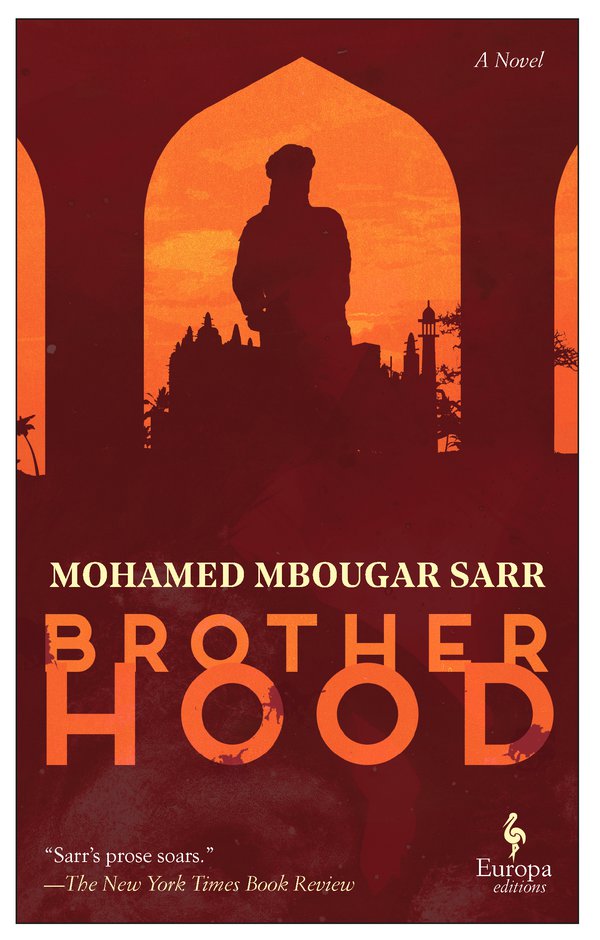"You can't do anything," I said. He looked at me, surprised. I had never spoken like this to him before, but I found that it was easy. The words were already formed and only had to be released. "You sure know how to talk, I said, "about the things you'll never do." I snatched the whole cold urn. "You wanted to leave her here, didn't you?"
I held the urn with two rigid hands as we stared at each other. He did not move. I dropped the lid to the mud and pulled out the dusty bag. It was knotted but came undone easily. It was intolerable to me that she had been kept inside this plastic; I hadn't known until now. My father watched as I held the bag by a corner and, with a hard flick, dumped everything out. I didn't want her in the water, I didn't want her washed away. I wanted her mired. Stuck here. The mudflats were hungry. They would take her, and they would keep her.
Let's read some books about Alaska.
Ten-year old Gavin lives with his family in the outskirts of Anchorage. His mother and father are immigrants from Taiwan, trying to piece together a life for their four children. When Gavin comes down with a dangerous case of meningitis, he falls into a coma for a week. When he comes out of it, he discovers that he has passed the illness onto his little sister Ruby, who has not survived. Ruby's death destabilizes the family, tearing them apart: His younger brother Natty continuously searches for the sister he's been told is "lost"; his older sister Pei-Pei starts calling herself "Paige" and distancing herself from her Taiwanese family. Mom becomes more cruel, Dad more aloof; in his distraction he botches the installation of a well, which poisons another young boy, and the family finds themselves on the brink of starvation.
One thing I liked about The Unpassing is how well it evokes a sense of place. Anchorage is not Denali. Though it's ringed by mountains, the city itself and its environs lie in a lowland bowl on the precipice of huge mudflats. It feels hemmed in and on the edge of some wildness; a quality that The Unpassing uses to great effect. I had a small kick of joy out of following their journey--when they are evicted from their house--down through Portage Glacier and the Kenai Peninsula, places I remember from visiting long ago. And the particular racial and cultural dynamics of being Taiwanese in this place are subtly wrought. It's never fully stated, but Lin gives the reader the sense that the father's racial identity marks him as an outsider in the legal case against him. As the mother describes it to Gavin, walking into the courtroom she recognizes that this place is not "for them," and that by walking in they have already lost.
The Unpassing is, perhaps at its heart, a story about repression: no one in the family is able to confront what has happened to Ruby, because they don't know how to talk to each other about it. Gavin is shocked to learn from his sister that Ruby's ashes are still in the house--he didn't even know she'd been cremated--and later, he slips away with his father to scatter them on the mudflats without the mother's knowledge. The shame and anger possessed by mother and father are buried deep behind spiky, resentful dialogue that is one of the novel's greatest strengths. But there's a sense that perhaps these things are buried too deeply: Gavin struggles with his own guilt over passing the meningitis to his sister, but for a first person narrative, we get remarkably little of Gavin's feelings, which are buried as deep, if not deeper, as his mother and father's. As a result, when the guilt does emerge, it can seem narratively incongruous: Where has this been the whole time?
The Unpassing both thrives on and suffers from a kind of prose style that is associated, in my mind, with MFA programs (and the Iowa Writers' Workshop, of which Lin is an alum) specifically. The language itself is crisp, crystalline, and the detail especially sharp. But the story gets easily lost in the detail, and the larger structure of the narrative, how the pieces fit together, gets obscured. Take, for example, a scene where Gavin's mother takes them to a cheap-o department store in Anchorage to replace their clothes, where Gavin gets in a fight with his siblings. There is a great subtlety here--we come to understand mom's penny-pinching as a reaction to their poverty--but no sense of whether things are different now than they were before Ruby died, or how Gavin feels about it. And at times I yearned for a more authentic ten-year old voice, or perhaps a more developed sense that an adult Gavin is speaking back through time.
Still, I enjoyed The Unpassing. Its cryptic and subtle qualities are its most frustrating, but also its most engaging. It's also just an honest story about a side of the United States that has not been seen, which rarely or never gets told, and which it tells with faithfulness and precision.









